Duane Morris Class Action Review – 2025
Class action litigation is a staple of the American judicial system. The volume of class action filings has increased each year for the past decade, and 2025 is likely to follow that trend. Given the massive class action settlement figures documented in 2022, 2023, and 2024, coupled with the ever- developing case law under Rule 23, corporations can expect more lawsuits, expansive class theories, and an aggressive plaintiffs’ bar in 2025. The DMCAR is a one-of-its-kind publication analyzing class action trends, decisions, and settlements in 23 areas of law impacting Corporate America.



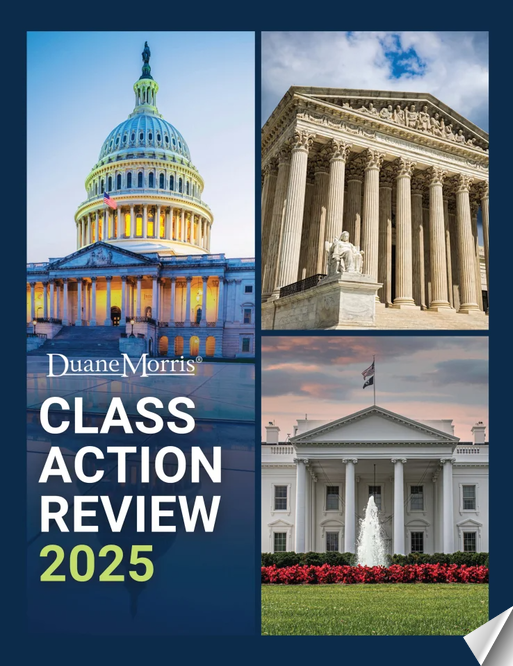
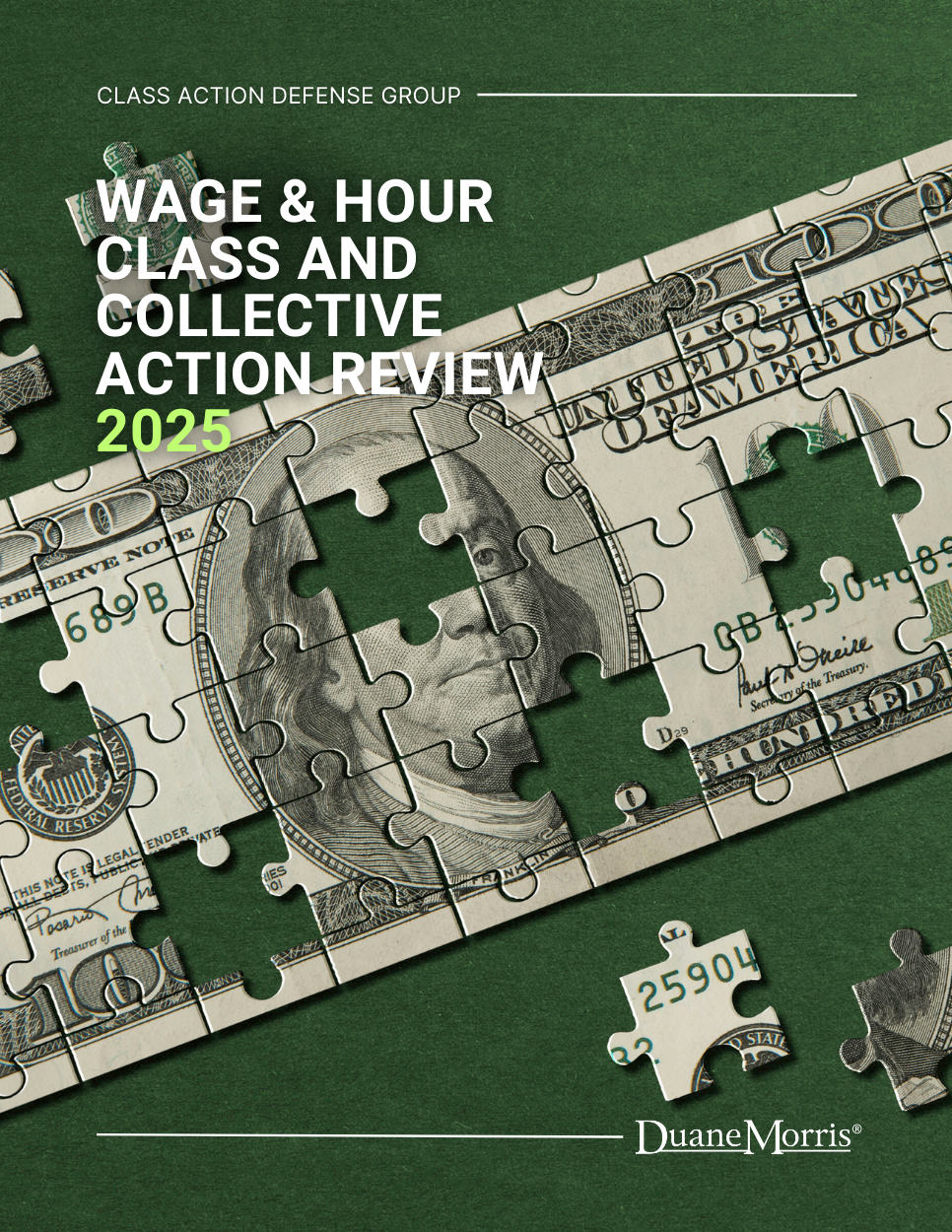
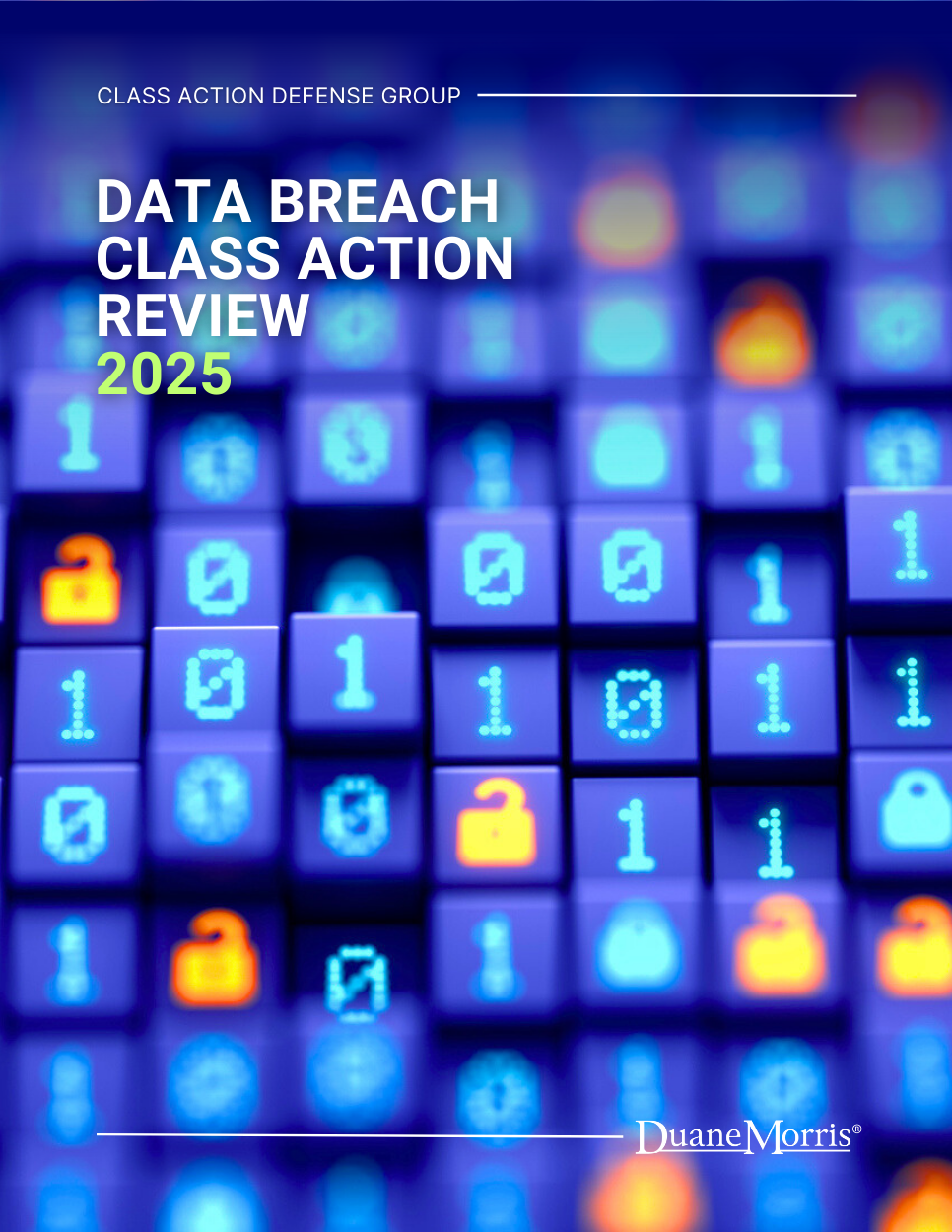
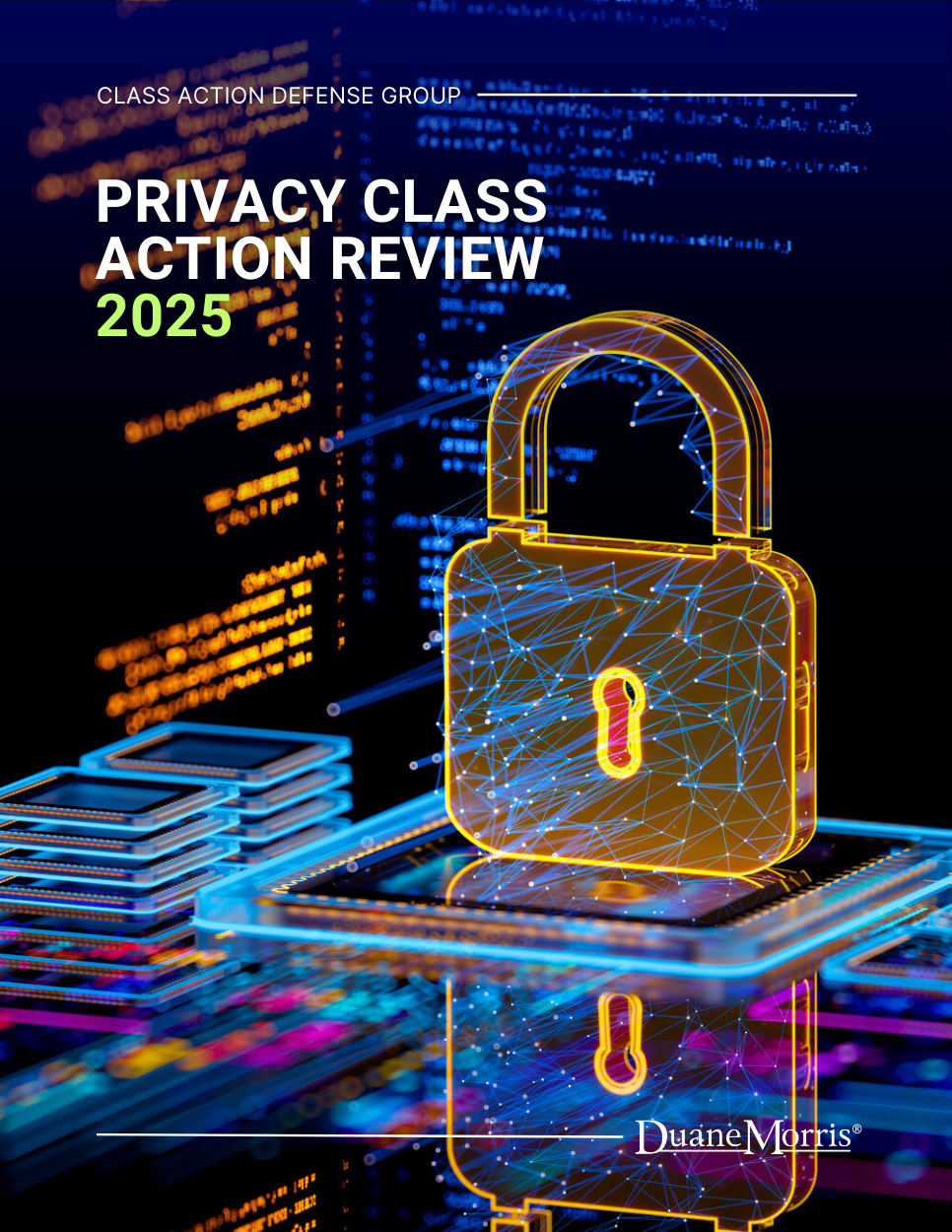
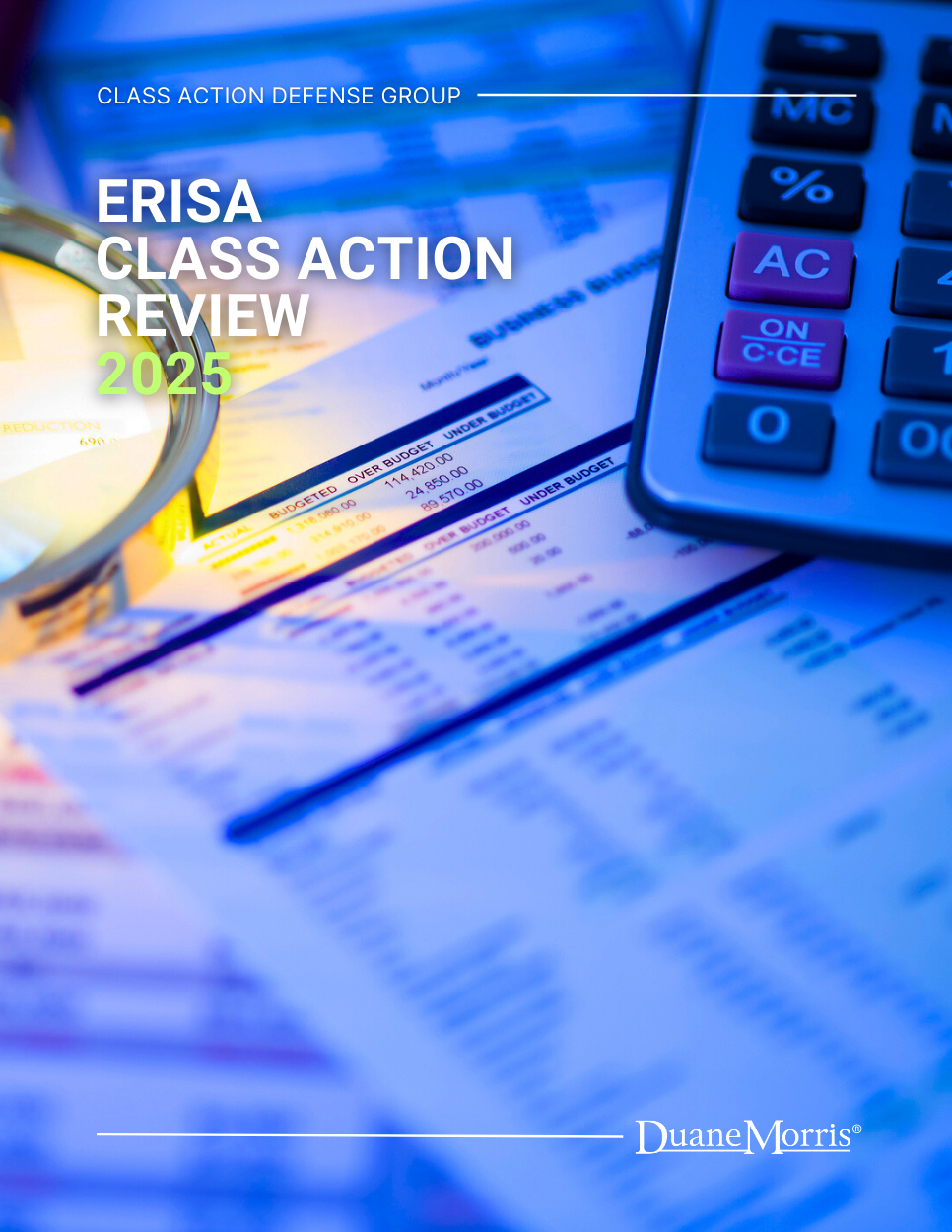

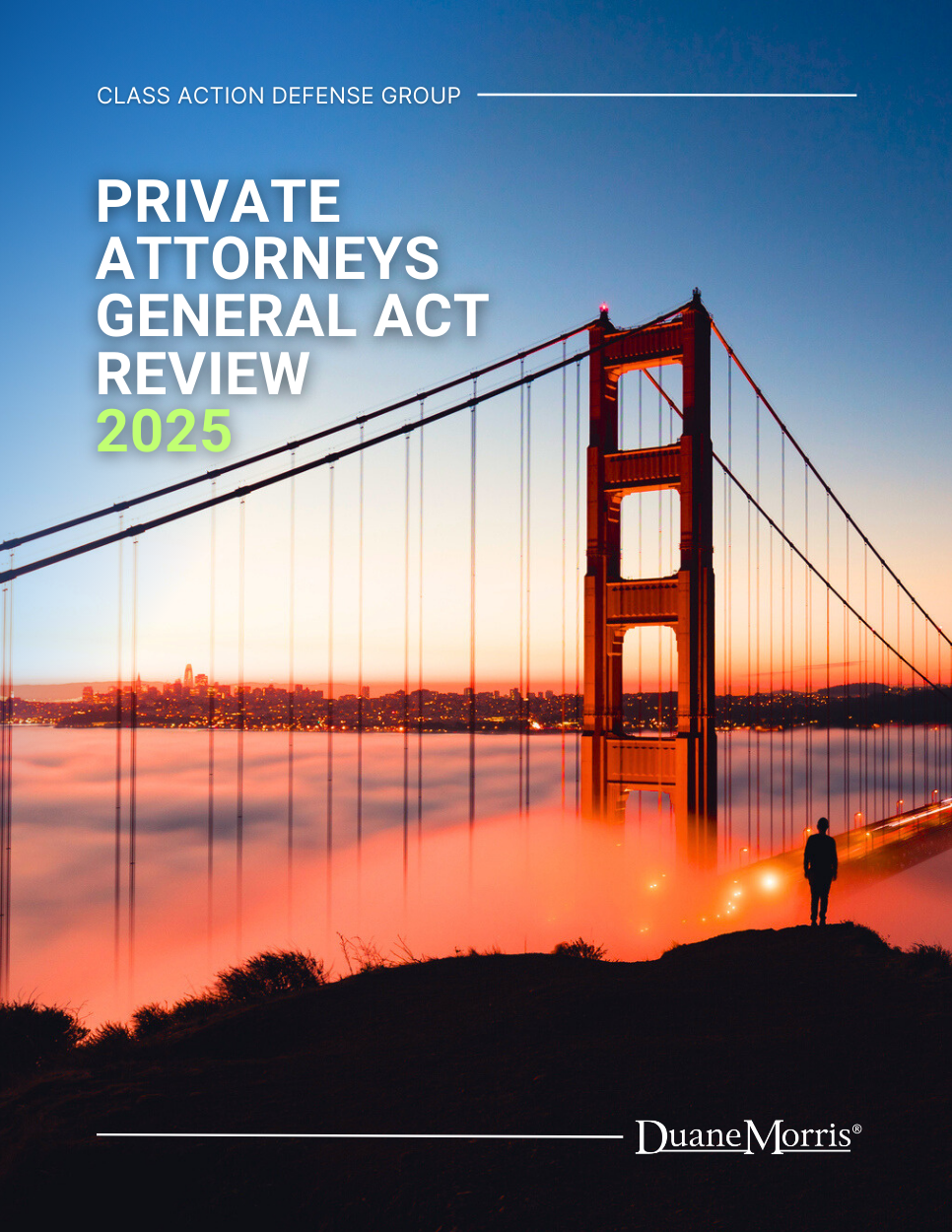
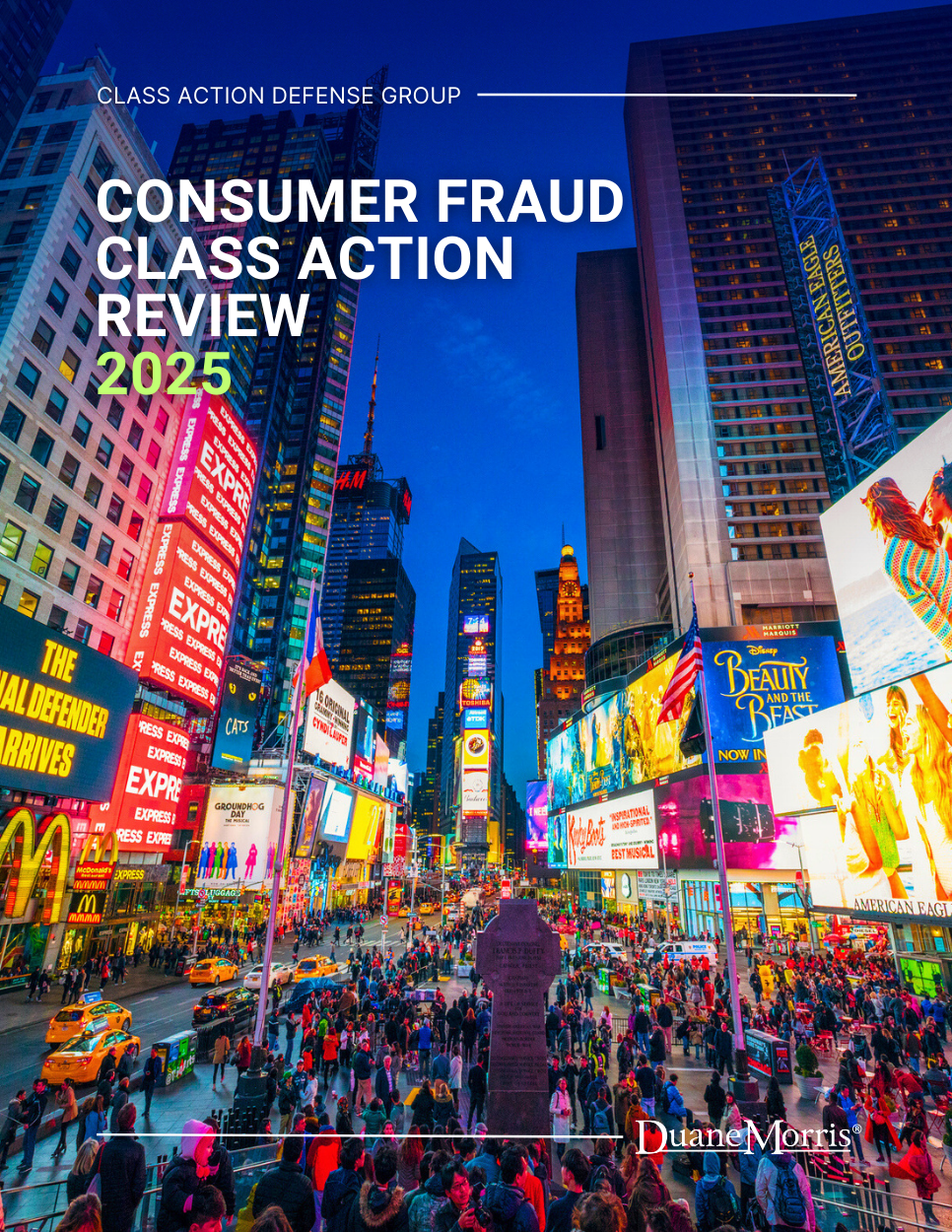

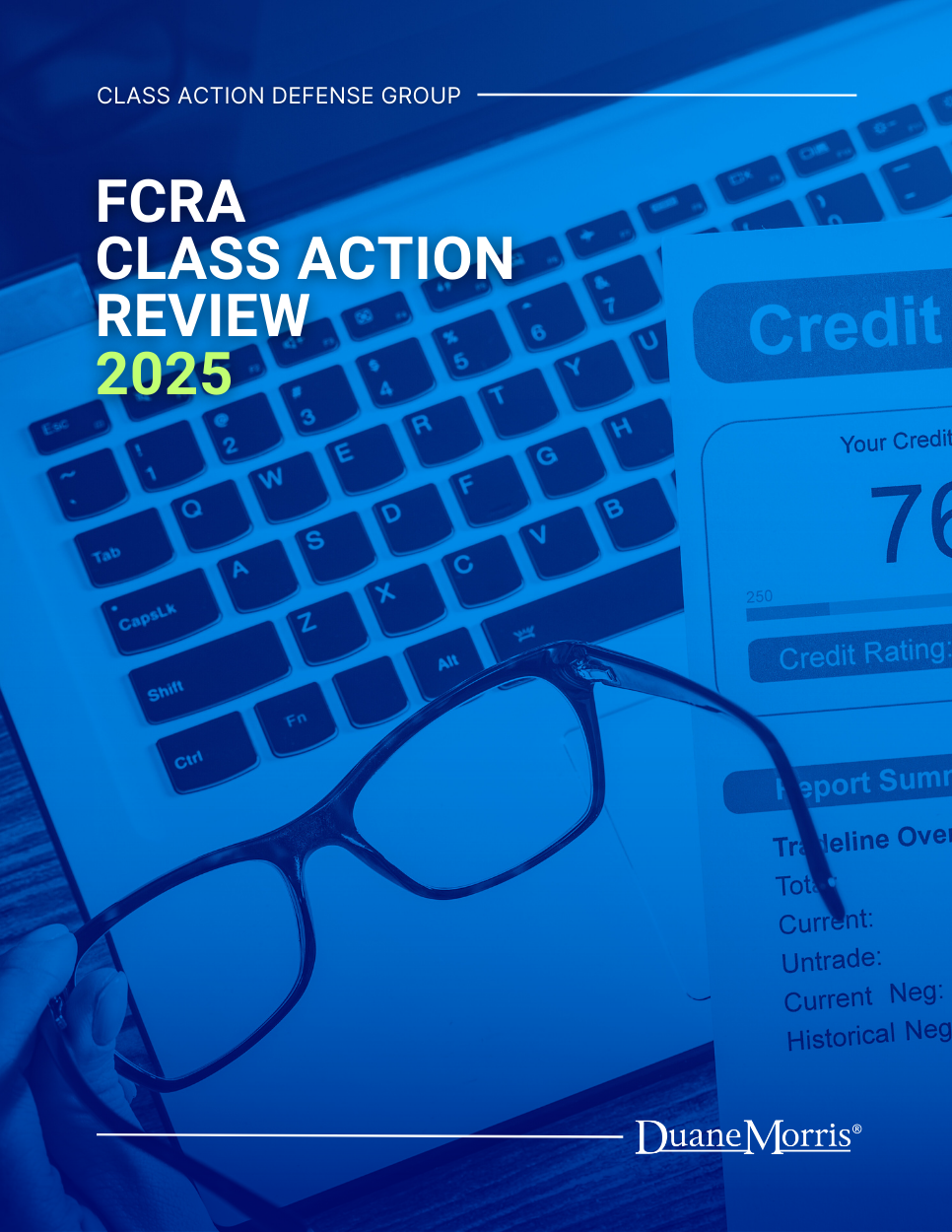
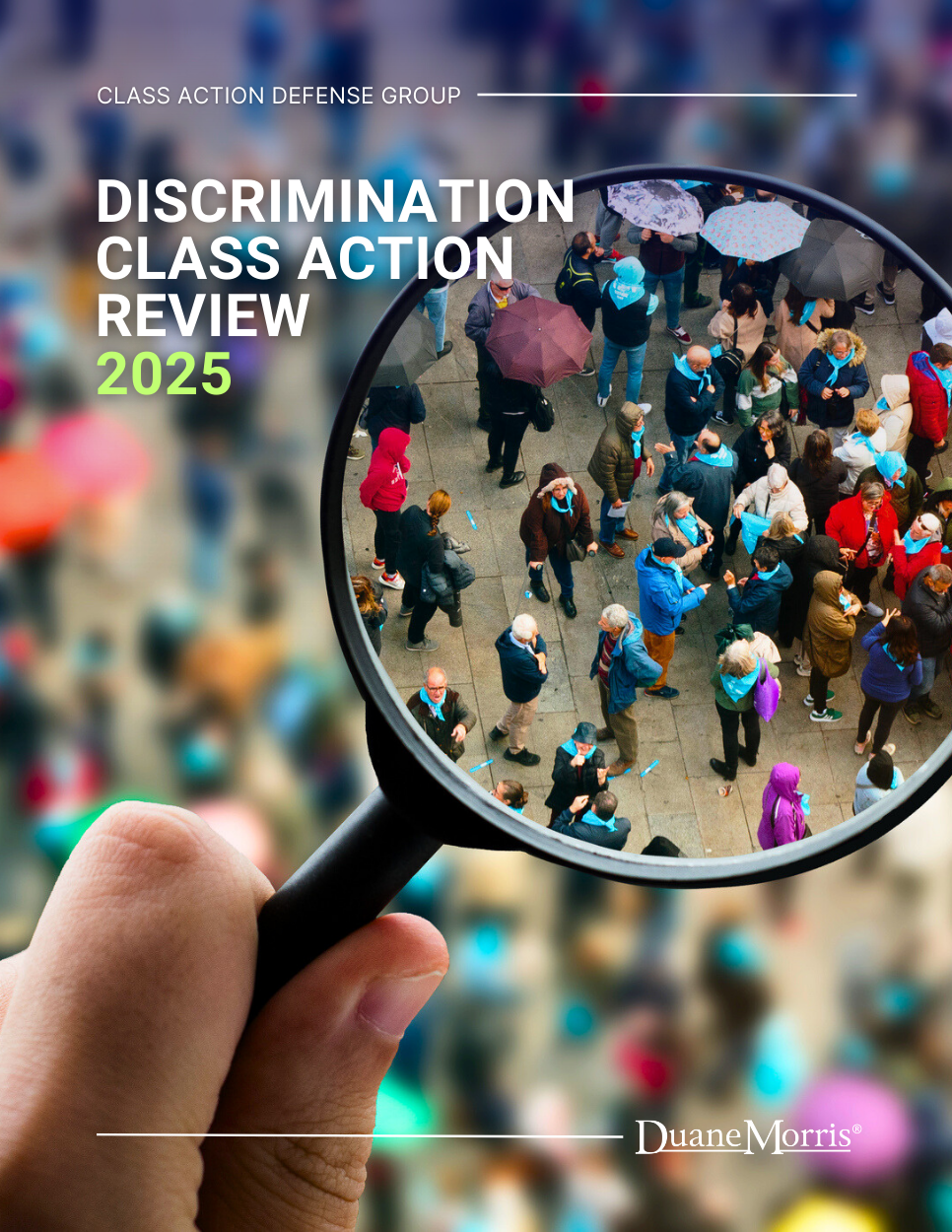
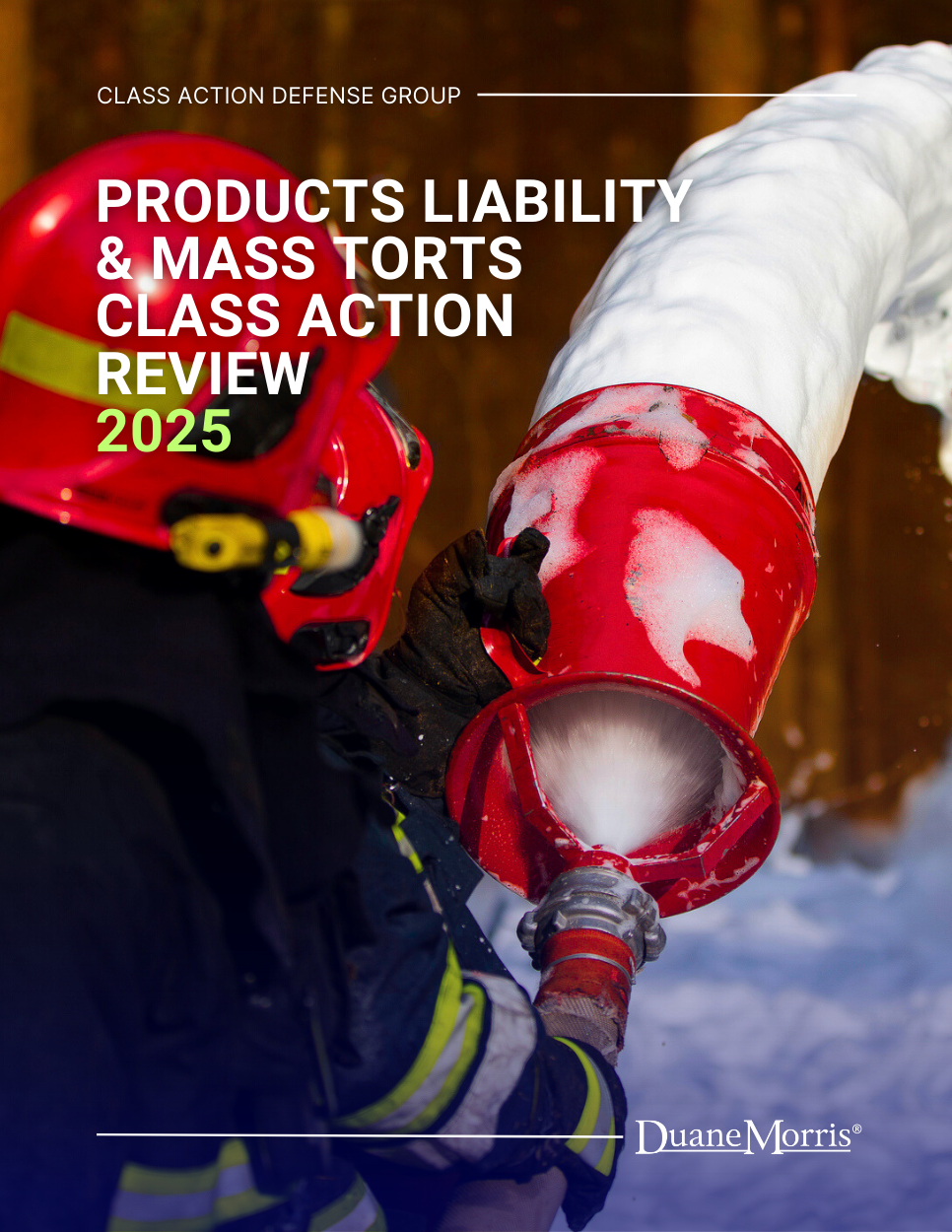
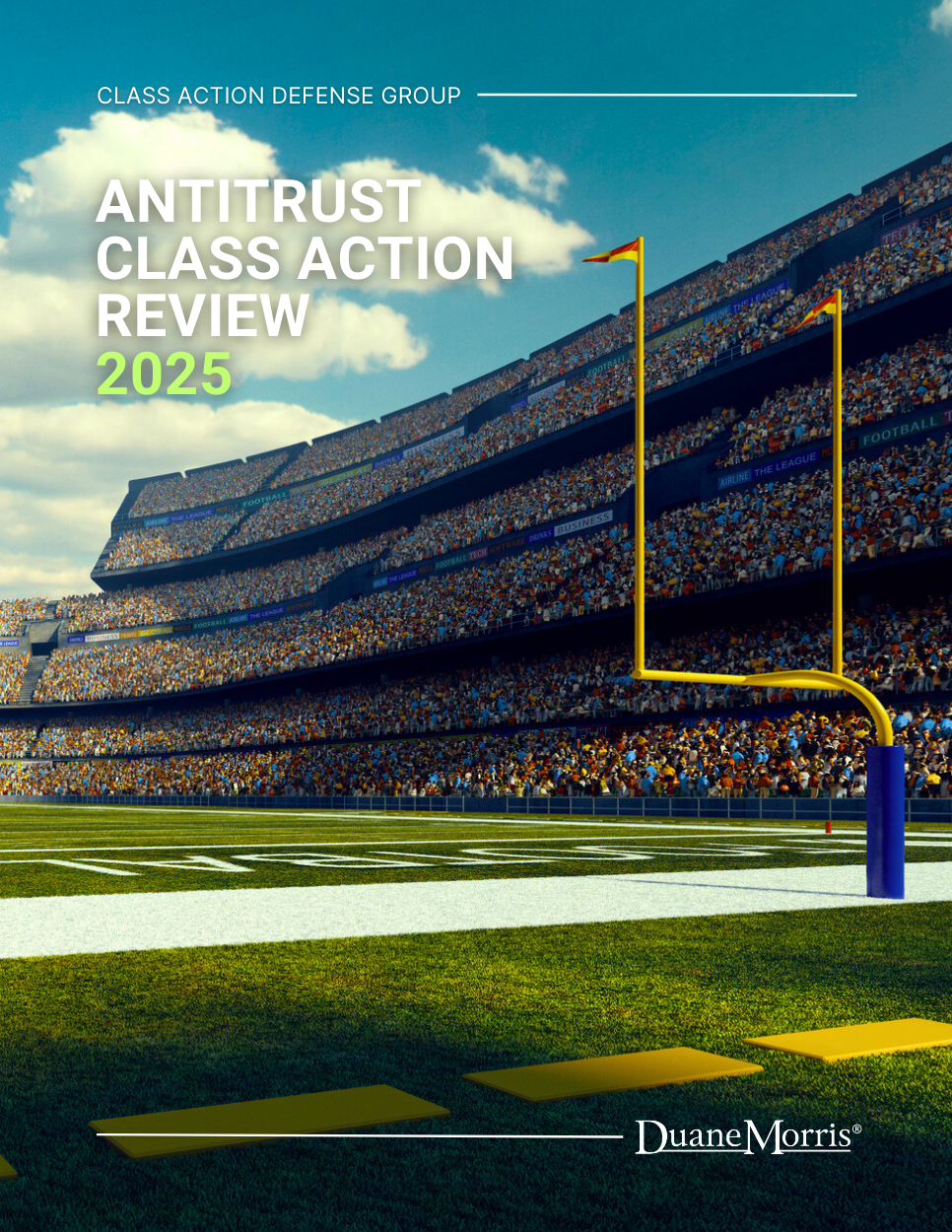












%20(1).webp)
%20(1).webp)
.png)
.webp)
.webp)
